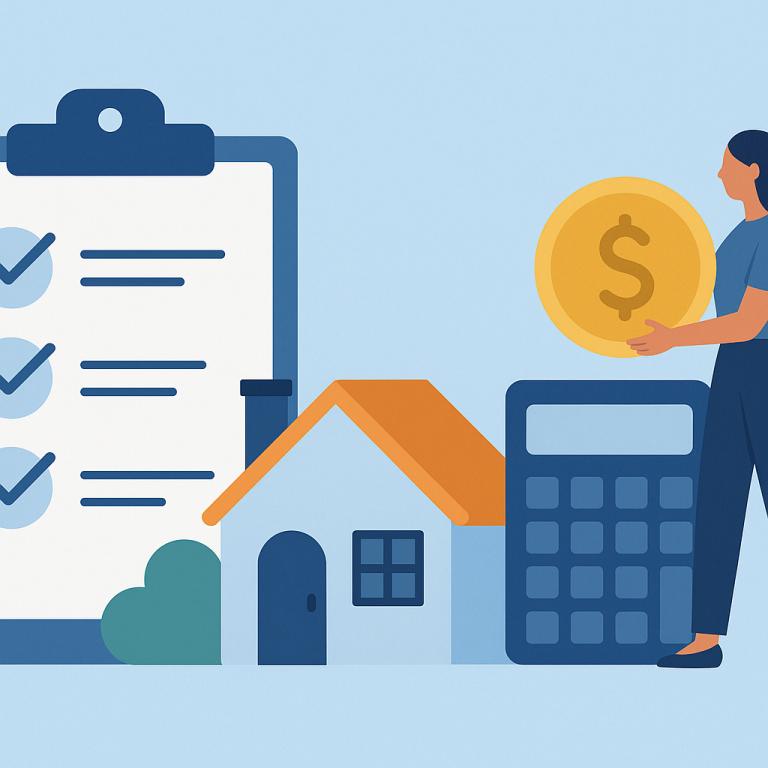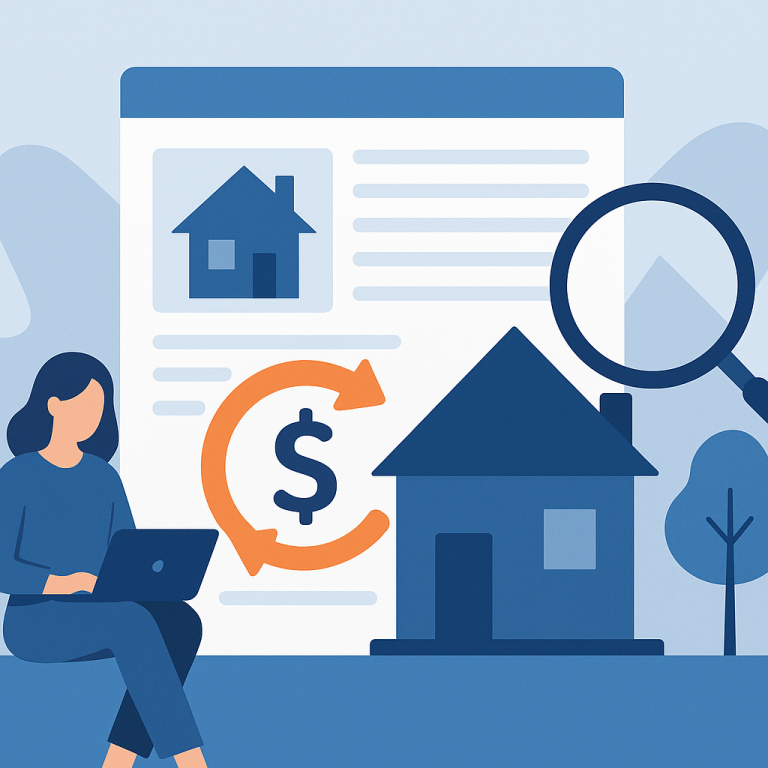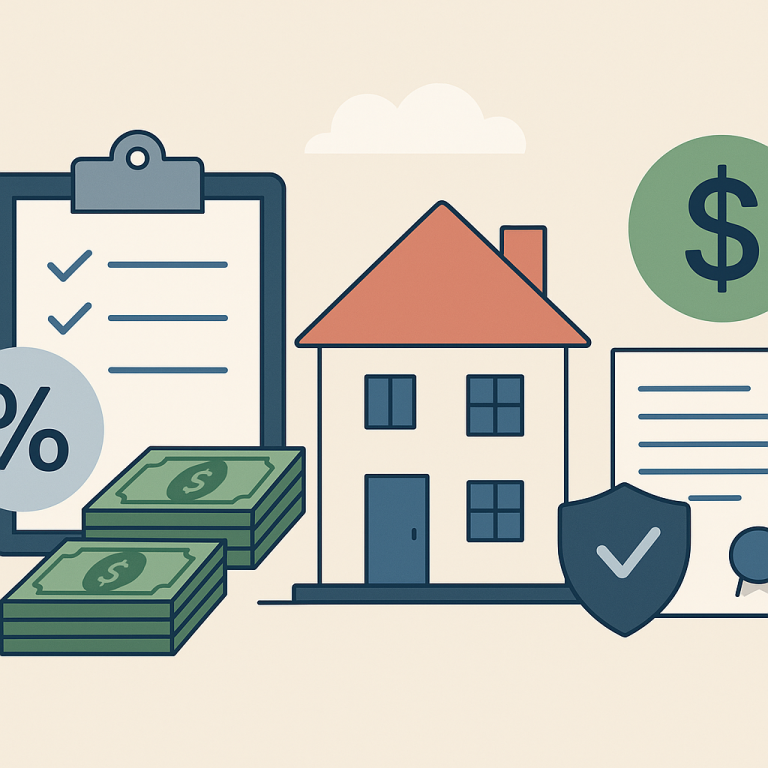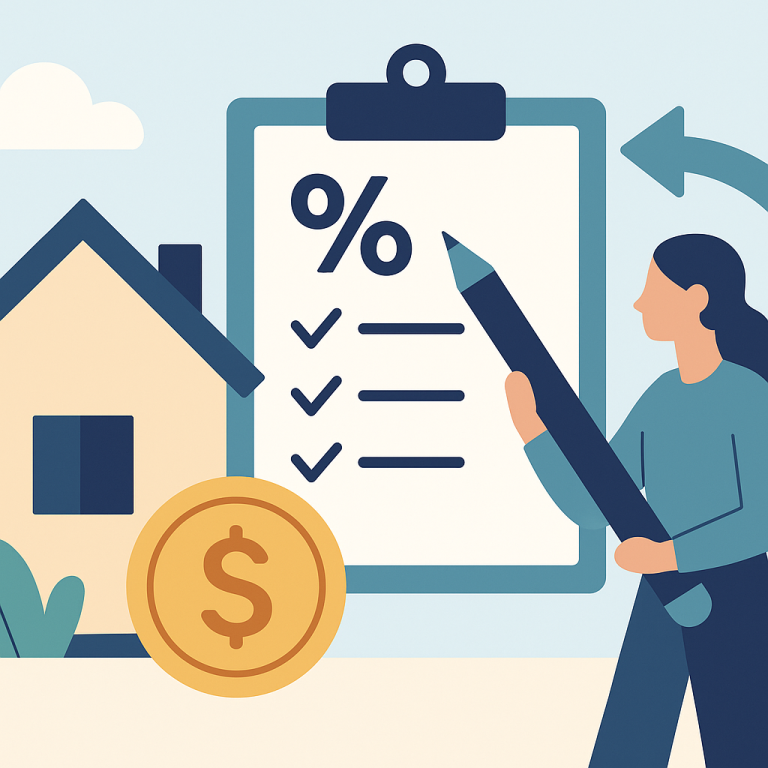Mortgage Lenders Tighten Refinance Underwriting Rules For High‑LTV And Cash‑Out Loans
At a glance: This change and how it could affect refinancing decisions.
What This Means for Borrowers
Many homeowners consider refinancing when interest rates shift or personal finances change. One clear, pragmatic option is refinancing into a shorter-term mortgage—moving from a 30-year to a 15- or 20-year loan, for example—to accelerate principal paydown and reduce total interest outlay. This story explains when that choice typically makes sense and outlines practical steps homeowners should take before committing.
Why some homeowners favor shorter terms
A shorter-term loan concentrates more of each payment on principal rather than interest, which can significantly lower the total interest paid over the life of the mortgage. Homeowners approaching retirement, those who expect higher future income, or borrowers focused on building home equity more quickly often prefer this path. Additionally, refinancing into a shorter term can be a hedge against future rate volatility if current fixed rates are relatively attractive compared with expectations.
Key considerations before refinancing
Refinancing into a shorter term is not automatically the best choice for every borrower. Evaluate these practical factors:
- Monthly payment impact: Shorter terms increase monthly payments even if the interest rate is lower. Confirm the new payment fits your budget without stressing other financial goals.
- Closing costs and break-even: Refinancing carries upfront costs. Calculate how long it will take for the monthly savings or interest reduction to offset those costs before committing.
- Loan-to-value and equity: Lenders consider remaining equity and current home value. Adequate equity improves chances of favorable loan terms and may reduce mortgage insurance requirements.
- Credit and documentation: Current credit score, employment history, and debt-to-income ratio influence available rates. Gather documentation early to streamline the application.
- Alternative uses of funds: Compare the long-term savings from refinancing to other uses of cash, such as investing, paying down higher-interest debt, or preserving emergency savings.
Steps to evaluate and execute a refinance
Homeowners who are thinking about a shorter-term refinance should follow a methodical process:
- Shop multiple lenders to compare rates, fees, and prepayment terms. Small differences in fees or rate points can change the outcome.
- Run a break-even analysis that includes all closing costs and projected time in the home. Use conservative assumptions about future market conditions.
- Request a loan estimate and read the details on fees, private mortgage insurance, and prepayment penalties if any exist.
- Consider retention of liquidity—avoid depleting emergency reserves to make the new payment affordable.
- If considering a cash-out refinance, weigh the increased balance and longer-term interest against the immediate benefit of the funds.
Homeowner takeaways
- Refinancing to a shorter term can save substantial interest and build equity faster, but it raises monthly payments—confirm affordability first.
- Always include closing costs in your calculation and determine your break-even horizon based on realistic plans for staying in the home.
- Compare multiple lenders and loan products, and be mindful of how the refinance interacts with other financial priorities like retirement savings and emergency funds.
- When in doubt, obtain personalized estimates and consult a trusted mortgage professional to assess how a shorter-term refinance fits your long-term goals.
A shorter-term refinance is a strategic decision that rewards careful comparison, honest budgeting, and a clear plan for how the change supports your financial objectives.
META: refinancing, mortgage, shorter-term loan, homeowner takeaways






